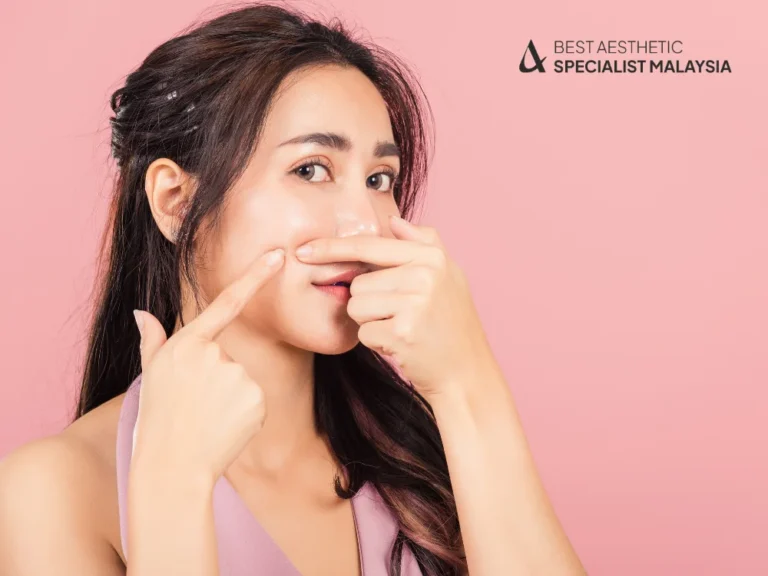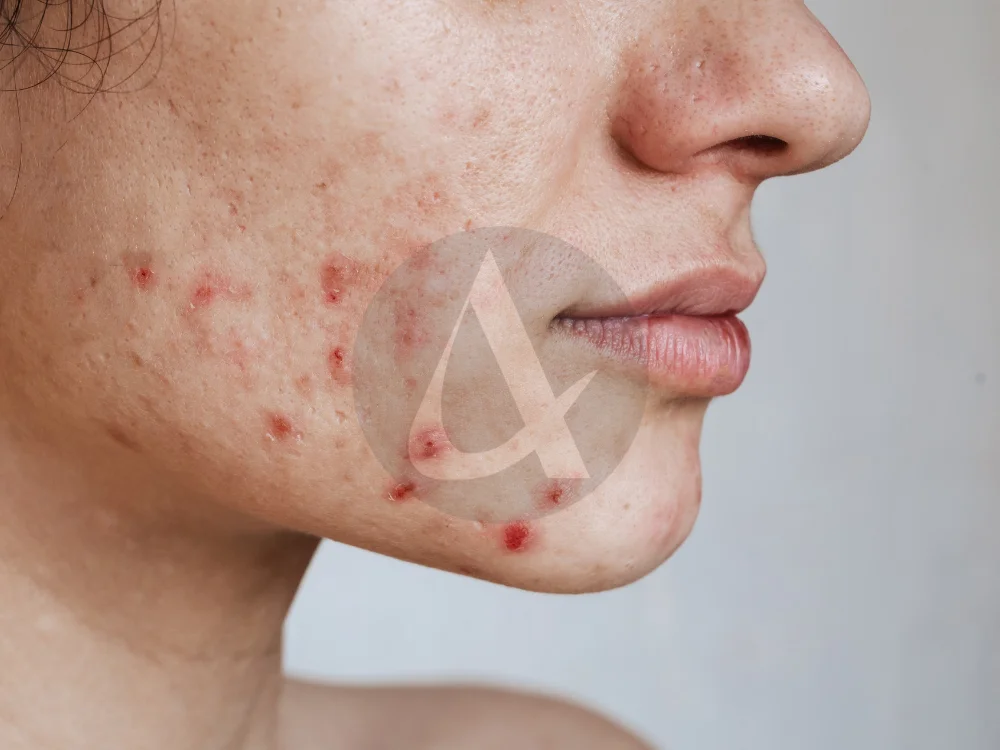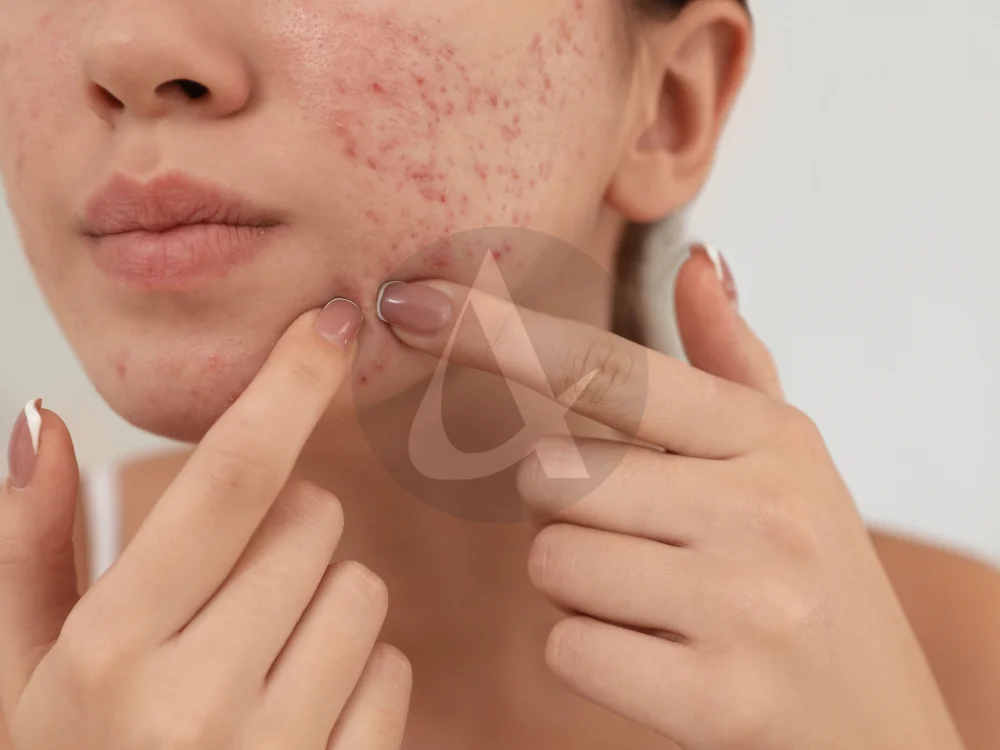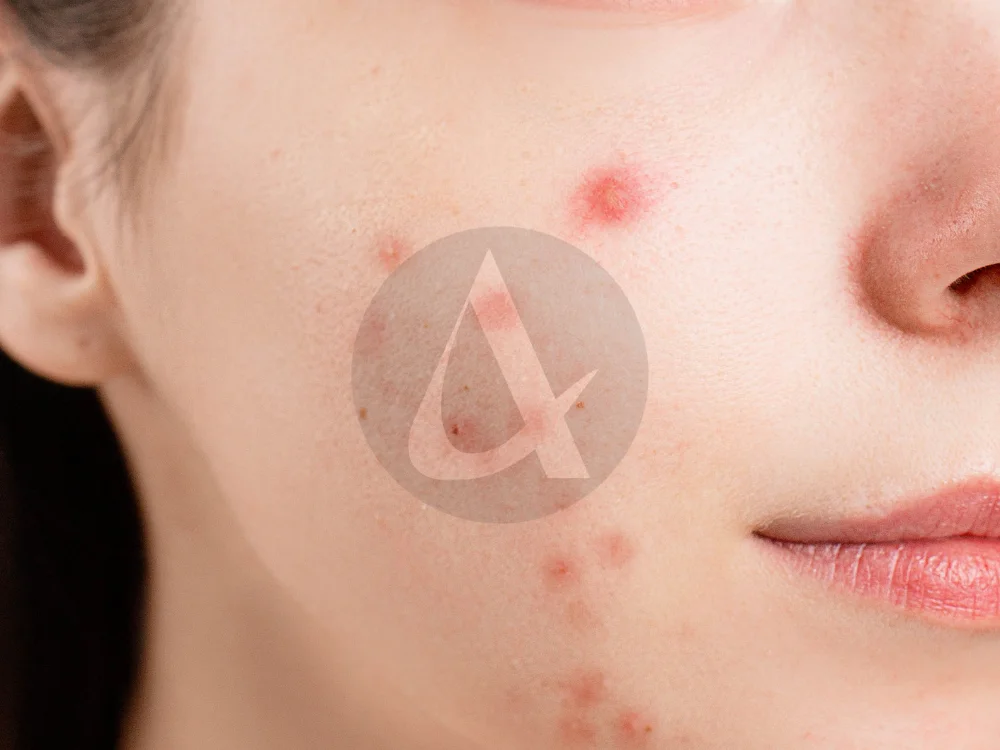Pimples are one of the most common skin concerns, affecting millions of people worldwide. They occur when hair follicles become clogged with oil, dead skin cells, and bacteria, leading to inflammation. While pimples are often associated with teenage years, they can persist well into adulthood. Thankfully, with advancements in skincare and technology, including Low-Level Laser Therapy (LLLT), there are effective ways to treat and prevent pimples. This article explores the causes of pimples, common treatments, and innovative solutions like LLLT.
What Causes Pimples?
Pimples develop due to the overproduction of sebum (oil), clogged pores, bacteria, and hormonal imbalances. Understanding the root causes can help in choosing the right treatment.
1. Hormonal Changes
- Hormonal fluctuations during puberty, menstruation, pregnancy, or menopause can lead to excessive oil production, triggering pimples.
2. Excess Sebum
Sebum helps keep skin hydrated, but an overproduction can mix with dead skin cells, clogging pores and causing pimples.
3. Bacterial Growth
Bacteria like Propionibacterium acnes thrive in clogged pores, causing inflammation and redness.
4. Lifestyle Factors
- Poor diet, stress, and lack of sleep can exacerbate pimples.
- Use of comedogenic makeup and improper skincare practices can worsen the issue.
Types of Pimples
1. Whiteheads and Blackheads
- Whiteheads: Closed pores filled with oil and dead skin cells.
- Blackheads: Open pores clogged with oxidized oil, appearing dark.
2. Papules and Pustules
- Papules: Small, inflamed red bumps without pus.
- Pustules: Pimples filled with pus, often surrounded by redness.
3. Nodules and Cysts
- Severe forms of pimples that occur deep within the skin, often causing pain and scarring.
Traditional Treatments for Pimples
1. Over-the-Counter (OTC) Products
- Benzoyl Peroxide: Reduces bacteria and inflammation.
- Salicylic Acid: Helps unclog pores and exfoliate dead skin cells.
- Retinoids: Promote skin cell turnover to prevent clogged pores.
2. Prescription Medications
- Antibiotics: Reduce bacteria and inflammation.
- Oral Contraceptives: Help regulate hormones in women.
- Isotretinoin: A powerful medication for severe acne, used under strict medical supervision.
The Role of Low-Level Laser Therapy (LLLT) in Treating Pimples
Low-Level Laser Therapy (LLLT) is an advanced, non-invasive treatment that has gained popularity for its effectiveness in addressing various skin issues, including pimples. Here’s how it works:
What is LLLT?
LLLT uses light energy at specific wavelengths to penetrate the skin, stimulating healing and reducing inflammation without damaging the surrounding tissue.
How Does LLLT Help with Pimples?
- Reduces Inflammation: The light reduces redness and swelling associated with pimples.
- Kills Acne-Causing Bacteria: LLLT targets Propionibacterium acnes, helping to clear active pimples.
- Promotes Skin Healing: It stimulates collagen production, aiding in skin repair and reducing scarring.
- Balances Sebum Production: Regular sessions can regulate oil production, preventing new pimples.
Advantages of LLLT
- Pain-free and non-invasive.
- Minimal downtime compared to traditional treatments.
- Can be combined with other therapies like topical medications or chemical peels.
Who Can Benefit from LLLT?
LLLT is suitable for individuals with mild to moderate pimples, as well as those looking to manage acne scars. It is particularly effective for those who have not responded to conventional treatments.
Natural Remedies for Pimples
For those who prefer a more holistic approach, natural remedies can complement traditional treatments or LLLT.
1. Tea Tree Oil
Known for its antibacterial properties, tea tree oil can reduce inflammation and kill acne-causing bacteria. Always dilute it with a carrier oil before applying to the skin.
2. Aloe Vera
Aloe vera soothes irritated skin and promotes healing, making it ideal for inflamed pimples.
3. Honey and Cinnamon
Both honey and cinnamon have antimicrobial properties. A mask combining these ingredients can reduce bacterial growth and soothe redness.
4. Green Tea Extract
Rich in antioxidants, green tea can reduce inflammation and sebum production when applied topically.
Diet and Lifestyle Changes for Pimple Prevention
1. Follow a Balanced Diet
- Reduce intake of sugar and high-glycemic foods, as they can trigger pimples.
- Include foods rich in omega-3 fatty acids, zinc, and antioxidants for healthier skin.
2. Hydrate
Drinking plenty of water helps flush out toxins and keeps your skin hydrated.
3. Practice Good Skincare
- Cleanse twice daily with a gentle cleanser.
- Avoid harsh scrubbing, which can irritate the skin.
- Use non-comedogenic makeup and sunscreen to prevent clogged pores.
4. Manage Stress
Stress increases cortisol levels, which can lead to hormonal breakouts. Incorporate stress-relieving activities like yoga, meditation, or regular exercise into your routine.
Benefits of Combining Treatments for Pimples
Combining traditional methods, natural remedies, and advanced treatments like LLLT often yields the best results.
- LLLT can target active pimples and reduce inflammation quickly.
- Topical medications can prevent new pimples from forming.
- A healthy lifestyle supports overall skin health, reducing the likelihood of future breakouts.
FAQs About Pimples
1. Can LLLT completely cure pimples?
LLLT is highly effective at reducing active pimples and improving skin texture, but combining it with other treatments and a proper skincare routine ensures the best results.
2. How long does it take to see results with LLLT?
Most people notice improvements after a few sessions, but optimal results typically require 6–10 treatments over several weeks.
3. Are there side effects of LLLT for pimples?
LLLT is a safe, non-invasive treatment with minimal side effects, such as slight redness or warmth, which usually subsides within hours.
4. Can diet really affect pimples?
Yes, high-glycemic foods and dairy products may exacerbate pimples in some individuals. A balanced diet can improve overall skin health.
5. Are natural remedies enough to treat pimples?
Natural remedies can help with mild pimples but may not be sufficient for severe cases. Combining them with professional treatments is often more effective.
6. How do I choose the best treatment for my pimples?
Consult a dermatologist or skincare professional to evaluate your skin and recommend a personalized treatment plan based on your needs.
Conclusion
Pimples can be frustrating, but with a range of treatments available—from natural remedies to advanced solutions like Low-Level Laser Therapy (LLLT)—there’s hope for everyone. By understanding your skin and adopting a comprehensive approach, you can achieve clear, healthy, and glowing skin.






